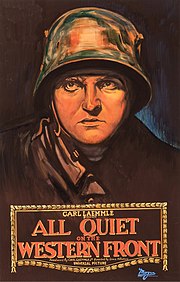
A comedy film is a film genre that emphasizes humor. These films are designed to amuse audiences and make them laugh. Films in this genre typically have a happy ending, with dark comedy being an exception to this rule. Comedy is one of the oldest genres in film, and it is derived from classical comedy in theatre. Some of the earliest silent films were slapstick comedies, which often relied on visual depictions, such as sight gags and pratfalls, so they could be enjoyed without requiring sound. To provide drama and excitement to silent movies, live music was played in sync with the action on the screen, on pianos, organs, and other instruments. When sound films became more prevalent during the 1920s, comedy films grew in popularity, as laughter could result from both burlesque situations but also from humorous dialogue.

Film noir is a cinematic term used primarily to describe stylized Hollywood crime dramas, particularly those that emphasize cynical attitudes and motivations. The 1940s and 1950s are generally regarded as the "classic period" of American film noir. Film noir of this era is associated with a low-key, black-and-white visual style that has roots in German Expressionist cinematography. Many of the prototypical stories and attitudes expressed in classic noir derive from the hardboiled school of crime fiction that emerged in the United States during the Great Depression.
Genre is any style or form of communication in any mode with socially agreed-upon conventions developed over time. In popular usage, it normally describes a category of literature, music, or other forms of art or entertainment, based on some set of stylistic criteria. Often, works fit into multiple genres by way of borrowing and recombining these conventions. Stand-alone texts, works, or pieces of communication may have individual styles, but genres are amalgams of these texts based on agreed-upon or socially inferred conventions. Some genres may have rigid, strictly adhered-to guidelines, while others may show great flexibility.
Film style refers to recognizable cinematic techniques used by filmmakers to create specific value in their work. These techniques can include all aspects of film language, including: sound design, mise-en-scène, dialogue, cinematography, editing, or direction.
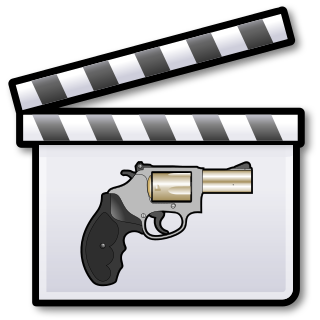
Crime films, in the broadest sense, is a film genre inspired by and analogous to the crime fiction literary genre. Films of this genre generally involve various aspects of crime and its detection. Stylistically, the genre may overlap and combine with many other genres, such as drama or gangster film, but also include comedy, and, in turn, is divided into many sub-genres, such as mystery, suspense or noir.

Romance films involve romantic love stories recorded in visual media for broadcast in theatres or on television that focus on passion, emotion, and the affectionate romantic involvement of the main characters. Typically their journey through dating, courtship or marriage is featured. These films make the search for romantic love the main plot focus. Occasionally, romance lovers face obstacles such as finances, physical illness, various forms of discrimination, psychological restraints or family resistance. As in all quite strong, deep and close romantic relationships, the tensions of day-to-day life, temptations, and differences in compatibility enter into the plots of romantic films.

An art film, art cinema, or arthouse film, is typically an independent film, aimed at a niche market rather than a mass market audience. It is "intended to be a serious, artistic work, often experimental and not designed for mass appeal", "made primarily for aesthetic reasons rather than commercial profit", and containing "unconventional or highly symbolic content".
Neo-noir is a revival of film noir, a genre that had originally flourished during and after World War II in the United States—roughly from 1940 to 1960. The French term film noir translates literally to English as "dark film" or “black film”, because they were quite dark both in lighting and in sinister stories often presented in a shadowy cinematographic style. Neo-noir has a similar style but with updated themes, content, style, and visual elements.
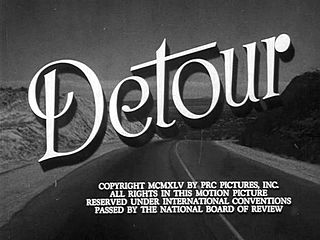
A road movie is a film genre in which the main characters leave home on a road trip, typically altering the perspective from their everyday lives. Road movies often depict travel in the hinterlands, with the films exploring the theme of alienation and examining the tensions and issues of the cultural identity of a nation or historical period; this is all often enmeshed in a mood of actual or potential menace, lawlessness, and violence, a "distinctly existential air" and is populated by restless, "frustrated, often desperate characters". The setting includes not just the close confines of the car as it moves on highways and roads, but also booths in diners and rooms in roadside motels, all of which helps to create intimacy and tension between the characters. Road movies tend to focus on the theme of masculinity, some type of rebellion, car culture, and self-discovery. The core theme of road movies is "rebellion against conservative social norms".
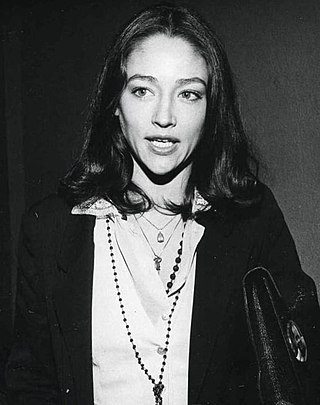
The final girl is a trope in horror films. It refers to the last girl(s) or woman alive to confront the killer, ostensibly the one left to tell the story. The final girl has been observed in many films, including Psycho, Voices of Desire, The Texas Chain Saw Massacre, Halloween, Alien, Friday the 13th, A Nightmare on Elm Street, Scream, and Train to Busan. The term was coined by Carol J. Clover in her article "Her Body, Himself: Gender in the Slasher Film" (1987). Clover suggested that in these films, the viewer began by sharing the perspective of the killer, but experienced a shift in identification to the final girl partway through the film.

Masala films of Indian cinema are those that blend multiple genres into one work. Masala films emerged in the 1970s and are still being created as of the 2020s. Typically these films freely blend action, comedy, romance, and drama or melodrama. They also tend to be musicals that include songs, often filmed in picturesque locations.

Linda Williams is an American professor of film studies in the departments of Film Studies and Rhetoric at University of California, Berkeley.
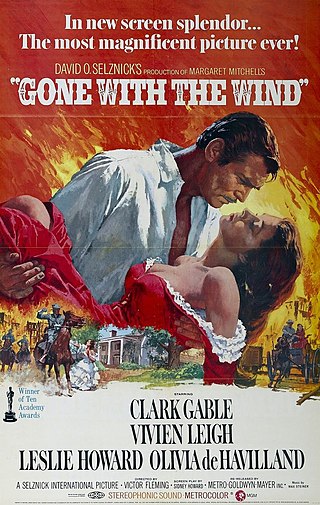
In film and television, drama is a category or genre of narrative fiction intended to be more serious than humorous in tone. The drama of this kind is usually qualified with additional terms that specify its particular super-genre, macro-genre, or micro-genre, such as soap opera, police crime drama, political drama, legal drama, historical drama, domestic drama, teen drama, and comedy-drama (dramedy). These terms tend to indicate a particular setting or subject matter, or they combine a drama's otherwise serious tone with elements that encourage a broader range of moods. To these ends, a primary element in a drama is the occurrence of conflict—emotional, social, or otherwise—and its resolution in the course of the storyline.
Fritz Lang (1890–1976) was an Austrian film director, producer and screenwriter. In Lang's early career he worked primarily as a screenwriter, finishing film scripts in four to five days. Lang directed major German films of the silent and early sound eras including Metropolis (1927) and M (1931) respectively. After fleeing from the Nazi regime, Lang directed some of the most important American crime and film noir motion pictures of the studio era, such as The Big Heat (1953). Lang appeared as himself in Jean-Luc Godard's Contempt.

Thriller film, also known as suspense film or suspense thriller, is a broad film genre that evokes excitement and suspense in the audience. The suspense element found in most films' plots is particularly exploited by the filmmaker in this genre. Tension is created by delaying what the audience sees as inevitable, and is built through situations that are menacing or where escape seems impossible.

The woman's film is a film genre which includes women-centered narratives, female protagonists and is designed to appeal to a female audience. Woman's films usually portray stereotypical women's concerns such as domestic life, family, motherhood, self-sacrifice, and romance. These films were produced from the silent era through the 1950s and early 1960s, but were most popular in the 1930s and 1940s, reaching their zenith during World War II. Although Hollywood continued to make films characterized by some of the elements of the traditional woman's film in the second half of the 20th century, the term itself disappeared in the 1960s. The work of directors George Cukor, Douglas Sirk, Max Ophüls, and Josef von Sternberg has been associated with the woman's film genre. Joan Crawford, Bette Davis, and Barbara Stanwyck were some of the genre's most prolific stars.

The representation of gender in horror films, particularly depictions of women, has been the subject of critical commentary.
Barry Keith Grant is a Canadian-American critic, educator, author and editor who best known for his work on science fiction film and literature, horror films, musicals and popular music and other genres of popular cinema.
Inspired by the biological classification system of the Linnaean taxonomy, screenwriter Eric R. Williams developed the Screenwriters Taxonomy in 2017 to create a common language of creative collaboration for filmmakers. Williams’ central thesis in The Screenwriters Taxonomy: A Roadmap to Collaborative Storytelling is that the term “genre” is used so broadly to describe films that the modern use of the word has become meaningless. The Screenwriter's Taxonomy proposes seven categories for discussing the creative process of telling cinematic stories.
- Type
- Super Genre
- Macrogenres
- Microgenres
- Voice
- Pathway
- Point of View
![Western films are those "set in the American West that embod[y] the spirit, the struggle and the demise of the new frontier". Pictured: Clint Eastwood in the Spaghetti Western film A Fistful of Dollars (1964). Clint Eastwood - 1960s.JPG](http://upload.wikimedia.org/wikipedia/commons/thumb/f/f3/Clint_Eastwood_-_1960s.JPG/260px-Clint_Eastwood_-_1960s.JPG)
